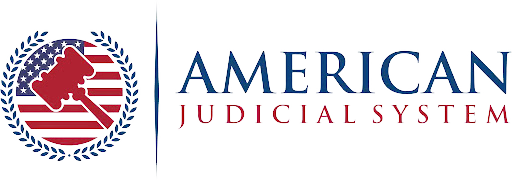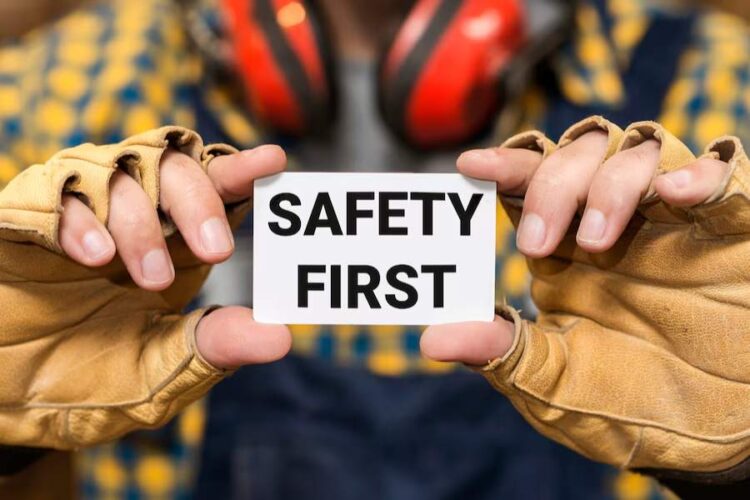Workplace safety is a fundamental aspect of any industrial environment. Employers and employees need to know safety regulations. This understanding helps keep the workplace safe.
Workplace safety is vital. It protects workers’ health and helps meet legal requirements. Plus, it lowers liability risks if incidents happen.
Workplace safety protects employees and helps companies avoid expensive liabilities from non-compliance. Read on to learn more.
The Importance of Workplace Safety Standards
Workplace safety standards aim to do more than just set rules. They strive to build a safety culture where employees feel secure. This is key in manufacturing. Hazards can include many things, like machinery, chemicals, and fire risks.
Compliance with safety standards is not only a legal requirement; it fosters trust and morale among employees. When workers know their employer prioritizes safety, productivity often increases, and absenteeism decreases. The positive correlation between a safety-focused culture and operational efficiency cannot be overstated.
Legal Framework Surrounding Workplace Safety
Various laws and regulations govern workplace safety. These laws vary by country and region.
Key Regulations
In the United States, the Occupational Safety and Health Administration (OSHA) sets rules for employers. These rules help keep workplaces safe. OSHA regulations address many areas.
They include chemical handling, hazardous materials, equipment safety, and emergency preparedness. Employers found deficient in these regulations may face heavy fines and penalties.
Knowing the legal risks of workplace safety is important. Not following safety rules can result in serious issues.
These may include lawsuits, higher worker’s compensation costs, and harm to a company’s reputation. For example, failure to address known safety hazards can leave an employer vulnerable to claims for factory accident compensation.
Employee Rights Under Safety Standards
Workers have the right to a safe work environment, and they are protected under various laws and regulations. They also have the right to report unsafe conditions without fear of retaliation. Organizations need clear steps to address safety complaints.
Employees can also request an OSHA inspection if they believe that their workplace poses a serious risk. It is vital for companies to foster transparency and communication to ensure safety fears are addressed promptly and effectively.
Key Components of Workplace Safety Programs
A well-structured workplace safety program typically includes training, hazard assessments, and regular inspections. Training employees on safety rules and emergency steps can lower accident risks. OSHA suggests that employers create a training plan for the unique hazards in their workplace.
Also, regular hazard assessments and inspections spot risks before they cause injuries. Routine checks can find broken equipment or unsafe storage. These issues can harm safety.
Creating a Culture of Safety
Incorporating safety into the company culture involves the commitment of everyone, from management to employees. Leadership should lead by example, demonstrating the importance of safety protocols.
Involving employees in safety committees or task forces can further encourage this culture. These groups let workers share their ideas on safety improvements. They can also take part in creating policies. This ensures safety measures tackle real workplace concerns.
Incident Reporting and Investigation
Effective incident reporting and investigation is crucial for enhancing workplace safety. When accidents or near misses occur, organizations must have protocols in place to document and investigate the incident thoroughly. This not only aids in understanding the causes of accidents but also addresses the prevention of future occurrences.
After reporting an incident, a thorough investigation should take place. This will help understand what went wrong and how to prevent similar issues in the future.
Make safety improvement recommendations from these investigations. Then, update all employees to stress the importance of learning from incidents.
Training and Education Programs
Training and education form the backbone of workplace safety initiatives. Employers must educate employees about workplace hazards.
They should also teach the right ways to reduce risks. Safety training programs shouldn’t be one-time events. They need regular updates to match any changes in equipment or procedures.
Moreover, specialized training might be necessary for particular roles. For example, workers who run heavy machines need thorough training.
This training should cover safety measures and emergency procedures. Investing in education indicates a proactive approach to compliance and worker well-being.
Legal Implications of Workplace Incidents
When accidents occur, the legal implications can be significant for both employees and employers. Workers hurt on the job might qualify for workers’ compensation. They can also seek extra money through personal injury claims.
Companies can be liable for negligence if they don’t ensure a safe workplace. This can result in expensive payouts from settlements or jury awards.
Workers’ compensation is a no-fault system. It provides quick financial help for medical costs and lost wages. Personal injury claims go further. They can cover pain, suffering, and other damages from workplace negligence.
The Role of Safety Committees
Safety committees play a vital role in promoting workplace safety. They link management and employees. This helps improve communication about safety concerns.
These groups can also help ensure compliance with regulatory requirements by reviewing safety records and suggesting improvements. Creating a safety committee shows a company cares about safety.
This can boost its reputation and lower turnover rates. Employees are likely to stay with a company that prioritizes their health and safety.
Preparing for Emergencies
Preparedness is a critical aspect of workplace safety. Companies should have emergency response plans in place for various scenarios, including fires, natural disasters, and workplace violence. Regular drills should be conducted to ensure all employees know their roles in case of an emergency.
A proactive approach to emergencies includes not only training employees but also equipping them with the necessary tools, such as first aid kits and proper signage. Communicating emergency procedures effectively reinforces the importance of being prepared and can save lives when seconds count.
Continuous Improvement in Safety Standards
Safety standards are not static; they should evolve based on new information, technologies, and changing work environments. Companies must stay informed about industry trends and adjust their safety programs to reflect best practices. Engaging in regular audits and reviews can help identify areas needing improvement.
Incoroporating feedback from employees regarding safety practices fosters a culture where suggestions for improvement are welcomed. This creates an environment where everyone has a stake in maintaining safety, further enhancing compliance and workplace morale.
Upholding Workplace Safety Standards
Workplace safety is not just a legal obligation; it is a moral one. Companies must recognize the significance of safety standards and their legal implications to foster a secure working environment. By prioritizing workplace safety, organizations can protect their employees while minimizing the risk of serious legal repercussions associated with workplace accidents.
For more helpful tips, check out the rest of our site today.










